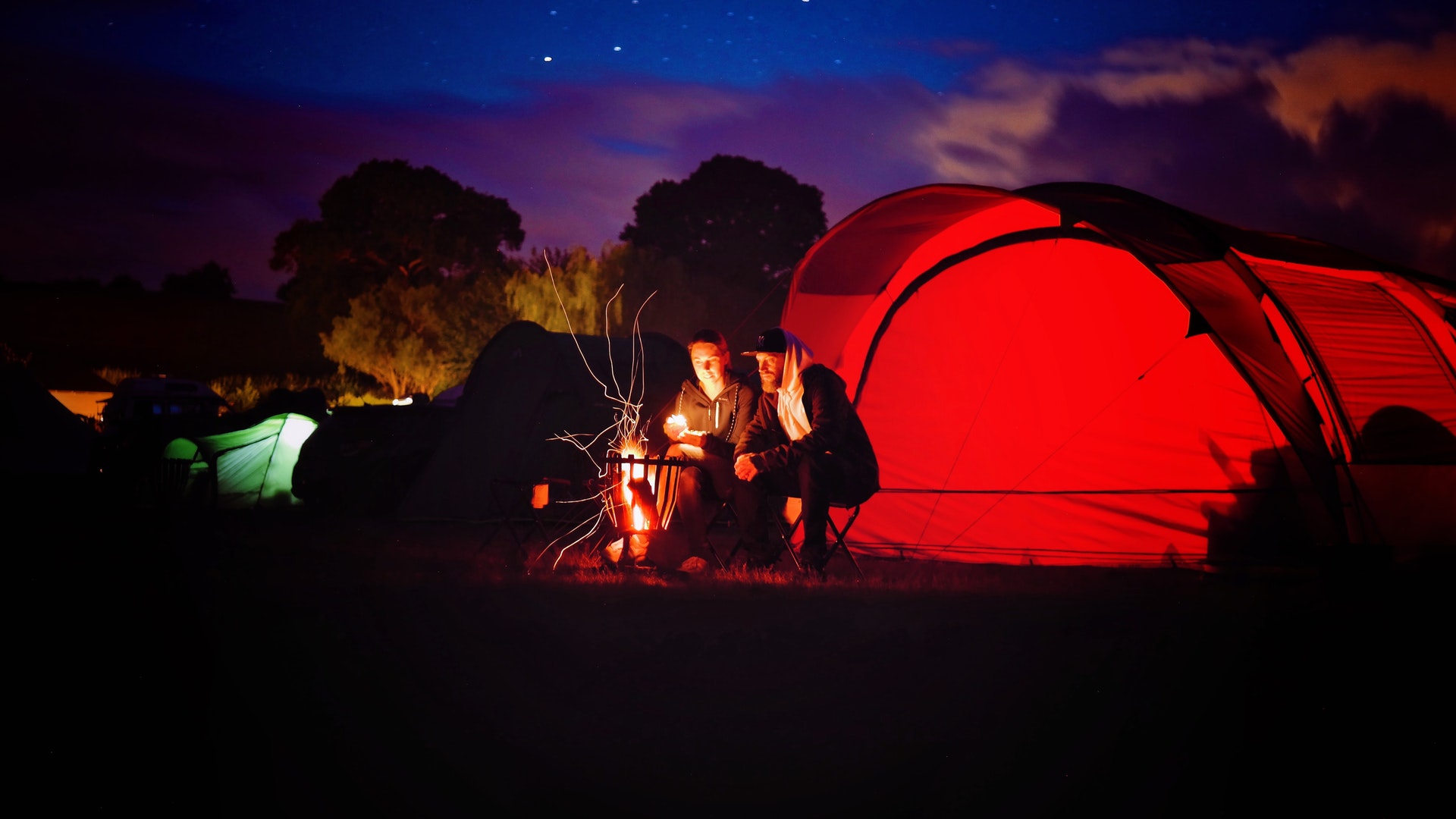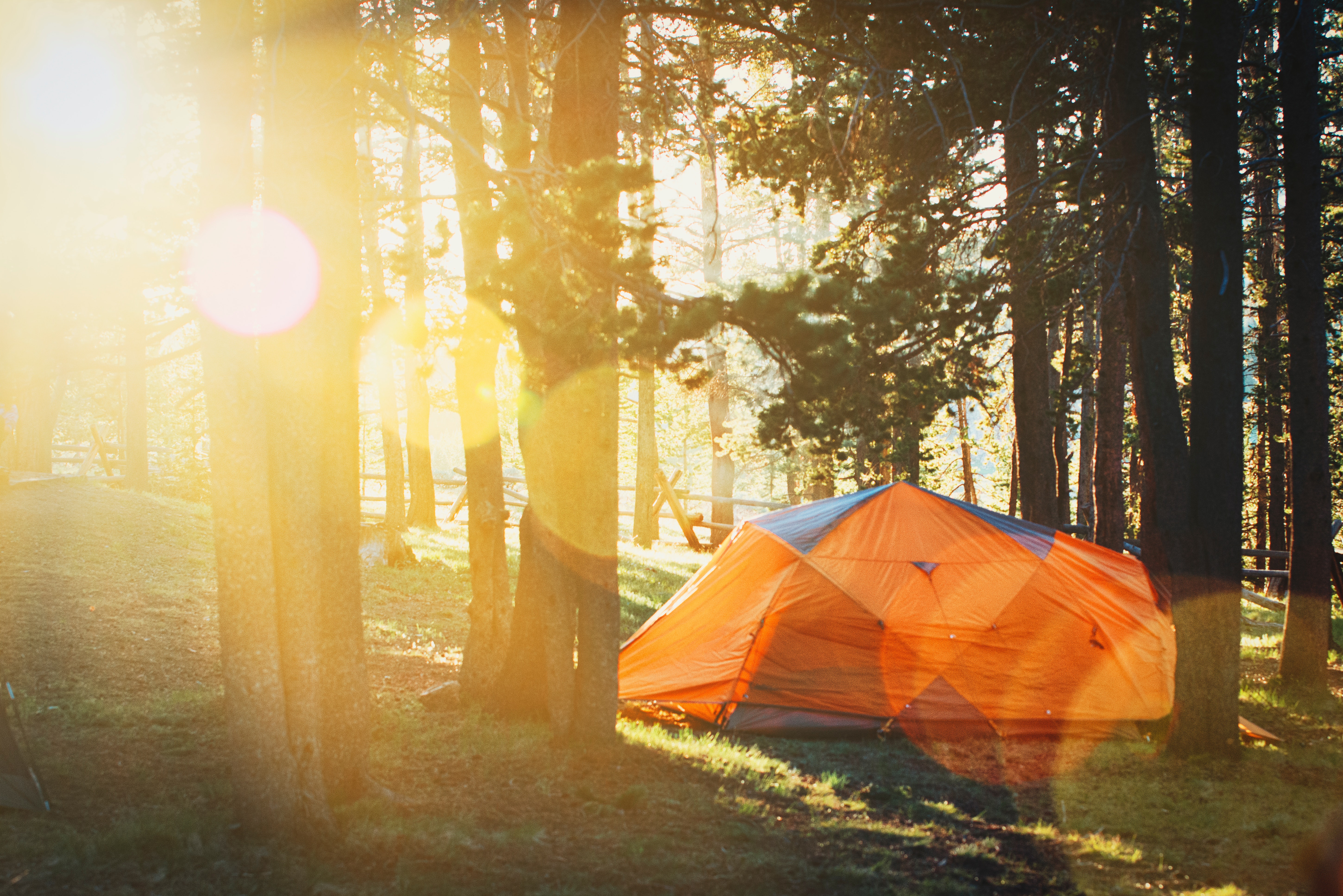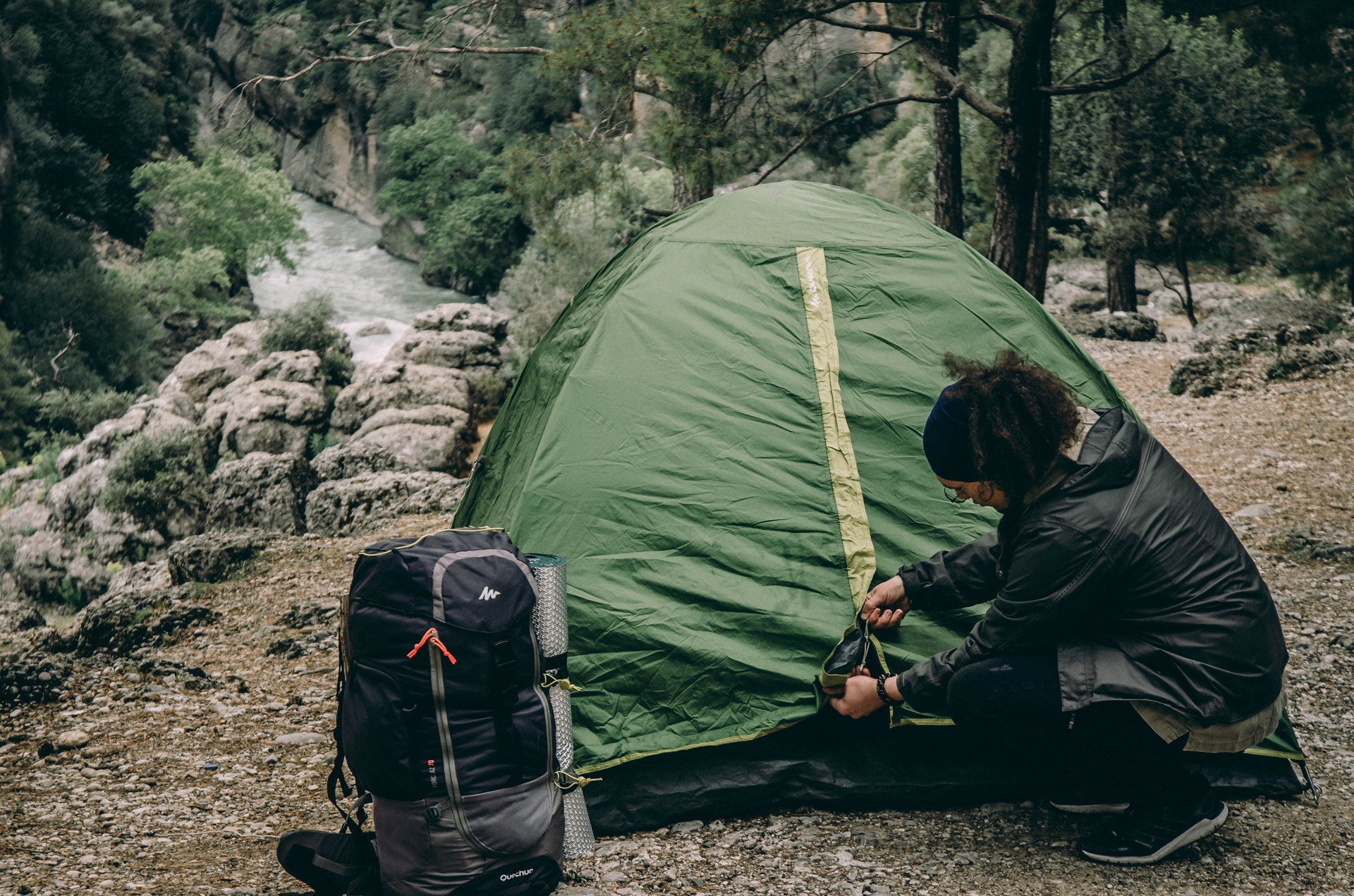Are you responsible for picking the next group camping location? You have nothing to worry about if you you need further information check out this great camping blog. Follow these few tips to finding the perfect tent camping location for small groups of any experience level.
Group Size:
Two to five people seems to be a good number for tent-camping excursions. If six or more guests are expected, consider a second adjoining site as most locatations have limitations on the number of guests that may stay in one spot. Cooking outdoors for large numbers can be challenging, Larger groups may want to split cooking duties into two or more groups.
Camping Experience and Comfort Level:
Think about each guest. What is their relative outdoors experience? Do they expect amenities such as flushing toilets or showers? Have they slept in a tent before? Will they have adequate clothing and rain gear if the weather is poor? A great out starts by knowing individual expectations and outdoor comfort level.
When camping with experienced outdoors persons or avid hikers, isolated campsites that require a longer hike may be an option. These sites will often look like a small parking lot with one or two marked or unmarked trails leading into an area without many roads or trails. These rarely have nearby bathrooms or electricity. Often called “open camping” or “open campgrounds”, this type of campground may have few or no designated camping sites..
Look for state or National campgrounds that offer pack-in, pack-out tent camping options. Sites like these are not great options for young children and should be chosen carefully if part of the group is new to tent camping or used to staying in sites with basic amenities. ` Make sure to research camping restrictions before hand to ensure the group is both able to camp and in the correct area. If unsure if camping is allowed in an area, contact the nearest Parks, Ranger or Wildlife station to verify.
Often this information is clearly marked on park maps and available on the parks’ website. If required, ensure all group members have proper park entrance or vehicle tags.
Less Experienced Campers:
For groups with young children, inexperienced campers or those unwilling to sacrifice the basic amenities, choosing a local or RV campground can be a great option. Reading the website and looking at campground maps will help determine the type of campground and almost all park websites list out available amenities such as well as bathroom and / or shower locations.
Some RV campgrounds offer “tent-only” locations, these are often more isolated from louder areas of the park and are available for a lower price per night. If not available or desired, look for RV spots on the end of row or one that is relatively isolated. RV campsite rental will cost a little more but these sights come with electrical hookups and can be used to power a radio or charge a cell phone. Consider this option, especially if younger children or first time tent-campers are along. It is a good idea to make the group aware of any foreseen challenges the selected campsite may may bring.
This is vitally important if any in the group have physical impairments that require a wheelchair or the use of crutches. If this is the case, look for paths marked with handicapped symbols. A campground that has handicap accessible trails will have them clearly marked on campground maps. A good general rule is to select the group’s campsite based on the least experienced camper or those with special requirements. Make sure all members of the group are up for the challenge. Spend some time scouting potential campsites online or in person to ensure it fits the groups needs.



